Environmental Engineering Reference
In-Depth Information
rooted into the ground
rooted in potting soil or artificial substrates
Fig. 6.11 Basic distinction between vertical green concepts, either rooted into the ground or
rooted in artificial substrates (like mineral wool, foam, etc.) or potting soil
created by supporting systems, spacers, planter boxes, or by modular substrate
systems.
Figure
6.11
shows
differences
between
direct
and
indirect
façade
greening and possible forms of their application.
The systems that are based on ''artificial substrates and potting soil'' principles
are dependent on irrigation systems and adding nutrients to the substrate. These
systems are known as living wall (LWS) concepts. Characteristic for this greening
principle is the use of planter boxes filled with artificial substrate/potting soil or
modular prefabricated panels equipped with artificial substrate. Additionally, an
irrigation system is needed to keep the green system in the right condition. The
used substrates and composition of living wall concepts can vary by manufacturer
of the product. In general, one can distinguish systems based on (Fig.
6.12
). The
plants used for LWS are different type of evergreen small shrubs, offering much
more creative, and aesthetical potential (Figs.
6.13
,
6.14
,
6.15
,
6.16
and
6.17
).
From a functional point of view, most of the living walls systems demand a
more complex design compared to green façades; as a greater number of variables
Fig. 6.12 Typical configurations of LWS concepts (based on planter boxes, foams, laminar
layers of felt and mineral wool as substrate)
























































































































































































































































































































































































































































































































































































































































































































































































































































































































































































































































































































































































































































































































































































































































































































































































































































































































































































































































































































































































































































































































































































































































































































































































































































































































































































































































































































































































































































































































































































































































































































































































































































































































































































































































































































































































































































































































































































































































































































































































































































































































































































































































































































































































































































































































































































































































































































































































































































































































































































































































































































































































































































































































































































































































































































































































































































































































































































































































































































































































































































































































































































































































































































































































































































































































































Search WWH ::

Custom Search